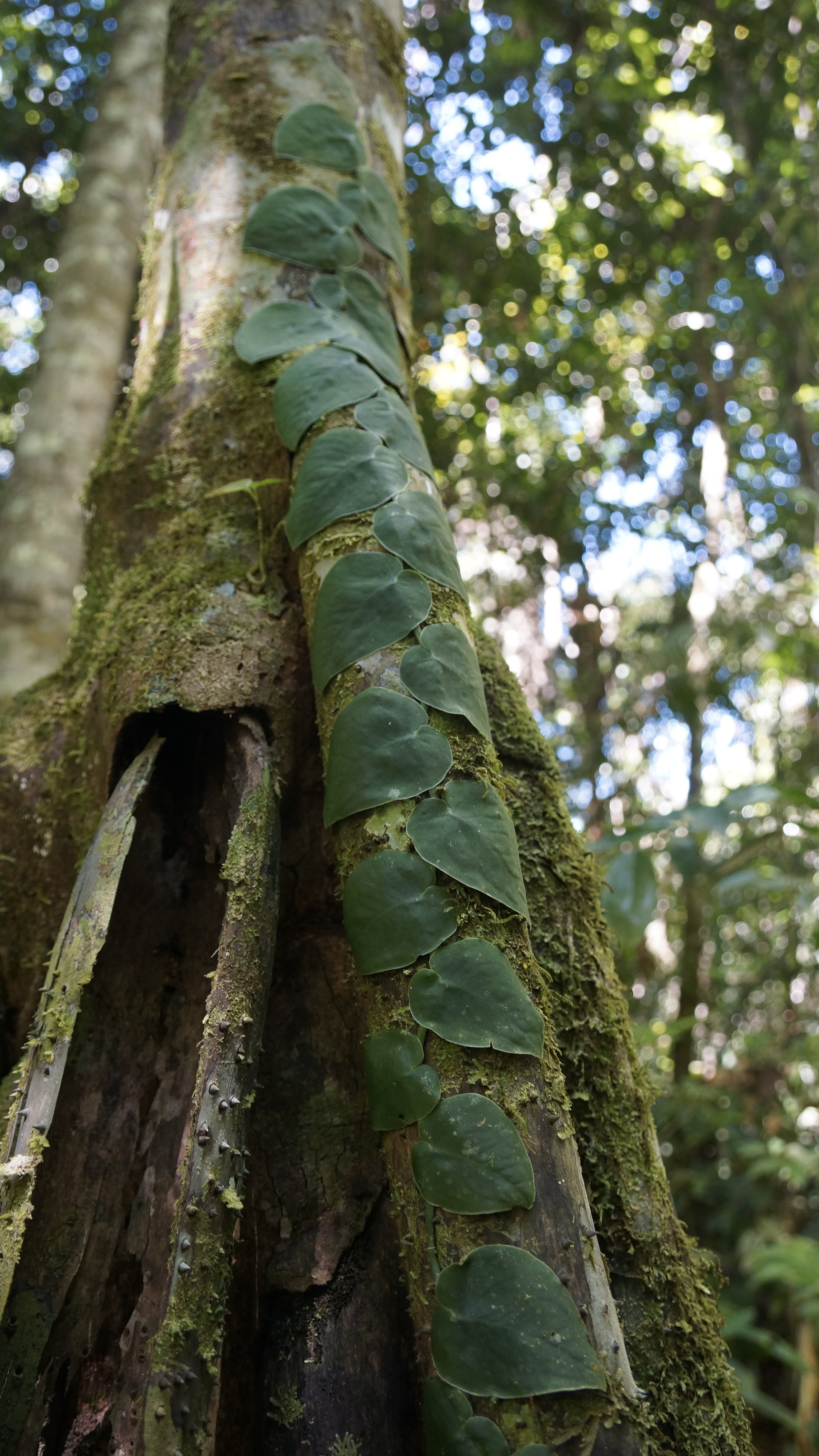ZEN Around the World: Brazil
This is an unknown Philodendron species climbing up an old growth Mahogany tree in the Kayapo indigenous territory around the village of Aukre in the state of Para, Brazil. Photo credit @mickmitty
Brazil is often recognized as the country with the most biodiversity, not just in terms of animal wildlife, but plants as well.
For example, it’s currently estimated that there’s about 315,000 known species of plants in the world; about 55,000 of all of these plants are endemic to Brazil, most of them being found within the Amazon Forest.
One reason scientists believe Brazil’s forests are so successful and diverse is because these forests were not affected by the Ice Age, thus the areas of forest were never susceptible to droughts. This consistent warm and wet climate allowed the forests grow and develop over thousands of years.
Scientists are still discovering new species in Brazilian forests on a regular basis, although these numbers are offset by the numbers of species that face extinction due to deforestation and urbanization. It’s estimated that there are currently 400 plant species native to Brazil that are under the threat of becoming extinct.
Learn more about the effects of deforestation in Brazil and how to help prevent them.
What follows is our list of favorite species from Brazil that make great houseplants that are typically available at both The ZEN Succulent locations.
Heartleaf Philodendron (Philodendron cordatum)
An all-time favorite, the Heartleaf Philodendron is a great plant for a hanger, especially for beginner plant parents. This species is practically indestructible, though ideally it prefers indirect light with watering once a week when the soil is dry to the touch.
There are many, many species of Philodendron native to Brazil. “Philodendron” comes from the Greek words for love (“phileo”) and tree (“dendro”), which translates to “tree-lover”. They get this name because of the characteristic way they climb up trunks of trees as they grow in their native habitat.
As a houseplant, Heartleaf Philodendrons can be grown up on a stake or trailing.
Silver Vase Plant (Aechmea fasciata)
The Silver Vase plant is a species of bromeliad from Brazil. This is a beautiful species, with silver-green leaves and, if you’re lucky, a large pink bloom. It that makes a great houseplant and is easy to care for. They are happy with average sunlight, water and humidity.
Did you know that the Bromeliad family is one of the largest in the plant kingdom? It even includes airplants and pineapple!
There is vast diversity in the Monstera genus native to the forests of Brazil. Shown here is a Monstera dubia growing in its native habitat. The amount of light that reaches the leaves affects the level of variegation (white color). Varigation is actually a genetic mutation that occurs in individual plants. Photo taken in the Kayapo indigenous territory around the village of Aukre in the state of Para, Brazil. Photo credit @mickmitty
Swiss Cheese Plant (Monstera adasonii)
Monstera is one of our favorite plant genus, the Swiss Cheese Plant (Monstera adasonii) being one of our favorite species. It looks very similar to the Split Leaf Philodendron (Monstera deliciosa), but is typically smaller is size. This plant is usually found in cultivation growing up a stake, rather than trailing like the Heartleaf Philodendron.
The iconic leaves of the Swiss Cheese Plant (Monstera adasonii). These holes are known in plant biology as fenestrae, and the leaf is called a fenestrate leaf.
Angel Wing Begonia (Begonia Begonia coccinea)
Did you know begonias are native to tropical rainforests? This popular house and garden plant actually grows wild in the jungles of Brazil.
Begonias are a bit like Calathea, in that they have become some plant parents speciality. Sort of like Pokémon, where you gotta collect ‘em all. This is because there's many species within the Begonia genus and many have been hybridized. Hybridization results in many different color and pattern combinations.
Angel Wing Begonias get their name from the shape of their leaves, in that they look similar kind to an angel’s wings.
Begonias are easy to care for if their instructions for basic care are followed - keeping them moist, never soggy and keeping them out of direct sunlight.
This plant is a hybrid of the Angel Wing Begonia.
Tree Philodendron (Philodendron bipinnatifidum)
Philodendron bipinnatifidum, commonly called tree philodendron, is arguably our favorite species of Philodendron to keep as a houseplant, but please don’t make us choose. It is a large plant with huge, glossy, wavy-margined, deeply-dissected leaves. In its native habitat, it can grow to 15’ tall with a trunk-like stem to 6” in diameter, but as an indoor houseplant, it will typically grow much smaller.
Care for these species is quite easy, just make sure to avoid full direct sun which causes the leaves to scorch. They need well-draining soil, consistent and regular moisture and are intolerant of drought.
All of the leaf pattern goals. Tree philodendrons add a statement to any room in your home or office.
Learn More
You can learn more about plants from Brazil from the World Atlas. We also recommend following hashtags like #floraofbrazil on Instagram.
A big “obrigada” (that’s thank you in Portuguese, the official language spoken in Brazil) goes to @mickmitty for his expertise with this article, and for sharing his amazing photographs from his travels in Brazil. Follow him on Instagram for plant know-how, education and inspiration.
We love @mickmitty - real plant man genius!



